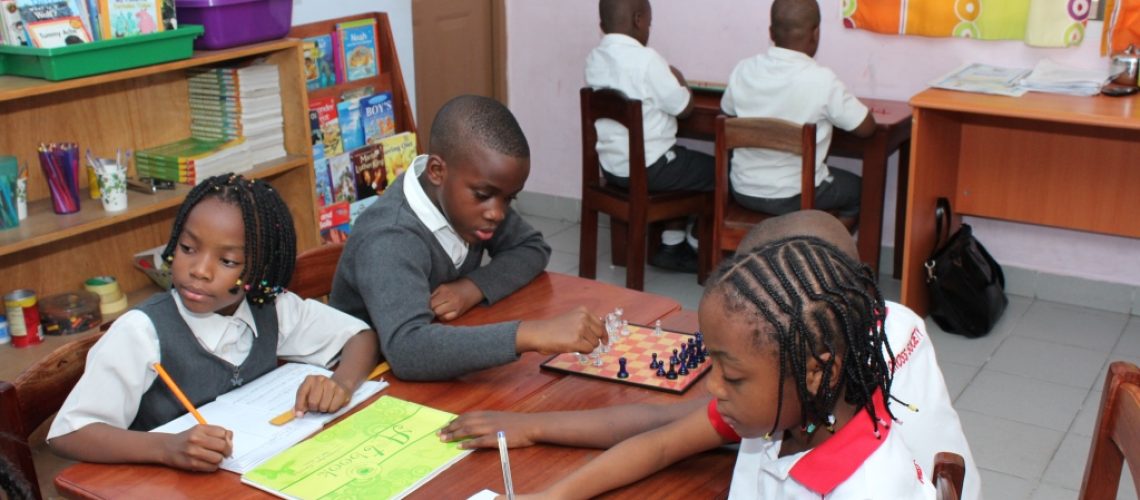The Prepared Environment
Montessori believed that children learn best in a prepared environment, a place in which children can do things for themselves. The prepared environment makes learning materials and experiences available to children in an orderly format. Classrooms Montessori described are really what educators advocate when they talk about child-centered education and active learning. Freedom is the essential characteristic of the prepared environment. Since children within the environment are free to explore materials of their own choosing, they absorb what they find there. Maria Montessori was a master at creating environments for young children that enabled them to be independent, active, and learn.
Autoeducation
Montessori named the concept that children are capable of educating themselves autoeducation (also known as self-education). Children who are actively involved in a prepared environment and who exercise freedom of choice literally educate themselves. Montessori teachers prepare classrooms so that children educate themselves.
The Teacher’s Role
Montessori believed that “it is necessary for the teacher to guide the child without letting him feel her presence too much, so that she may be always ready to supply the desired help, but may never be the obstacle between the child and his experience” (Montessori, 1967).
The Montessori teacher demonstrates key behaviors to implement this child-centered approach:
- Make children the center of learning because, as Montessori said, “The teacher’s task is not to talk, but to prepare and arrange a series of motives for cultural activity in a special environment made for the child” (Dr. Montessori’s Own Handbook).
- Encourage children to learn by providing freedom for them in the prepared environment.
- Observe children so as to prepare the best possible environment, recognizing sensitive periods and diverting inappropriate behavior to meaningful tasks.
- Prepare the learning environment by ensuring that learning materials are provided in an orderly format and the materials provide for appropriate experiences for all the children.
- Respect each child and model ongoing respect for all children and their work.
- Introduce learning materials, demonstrate learning materials, and support children’s learning. The teacher introduces learning materials after observing each child.
culled from education.com

